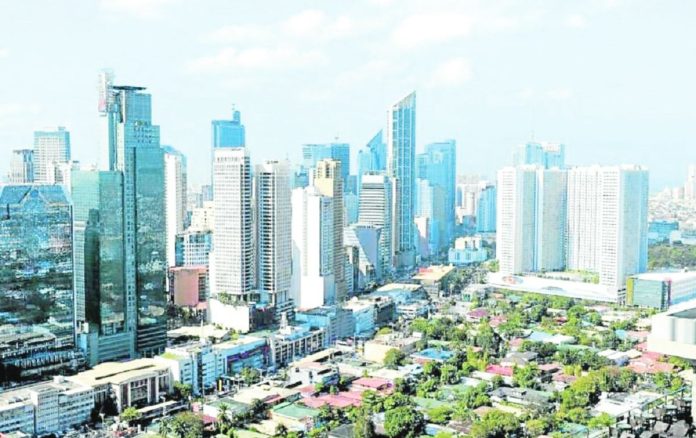
THE Philippines is still stuck in the lower middle-income bracket, according to the new country classifications released by the World Bank.
It means the Southeast Asian nation is among the group of economies with gross national income (GNI) per capita between $1,136 and $4,495, as calculated using the Atlas method for fiscal year 2026.
This classification stays on despite the Philippines’ GNI per capita — or the total amount of money earned by a cn 2024, from $4,320 in 2023.The Philippines has been classified as a lower middle-income country since 1987.
Every year, the World Bank Group classifies the world’s economies into four income groups: low, lower-middle, upper-middle, and high. These classifications, updated each year on July 1, are based on the previous year’s GNI per capita.
A country’s income classification not only reflects its level of development, but also influences its development trajectory. It affects eligibility for official development assistance and concessional financing.
The Marcos administration wants the country to transition to the upper middle-income status within its term.
The World Bank earlier said it was “more likely” that the Philippines would hit the next higher income bracket in 2027, as the local economy would not be spared the onslaught of the ongoing tariff war. (Ian Nicolas P. Cigaral © Philippine Daily Inquirer)







